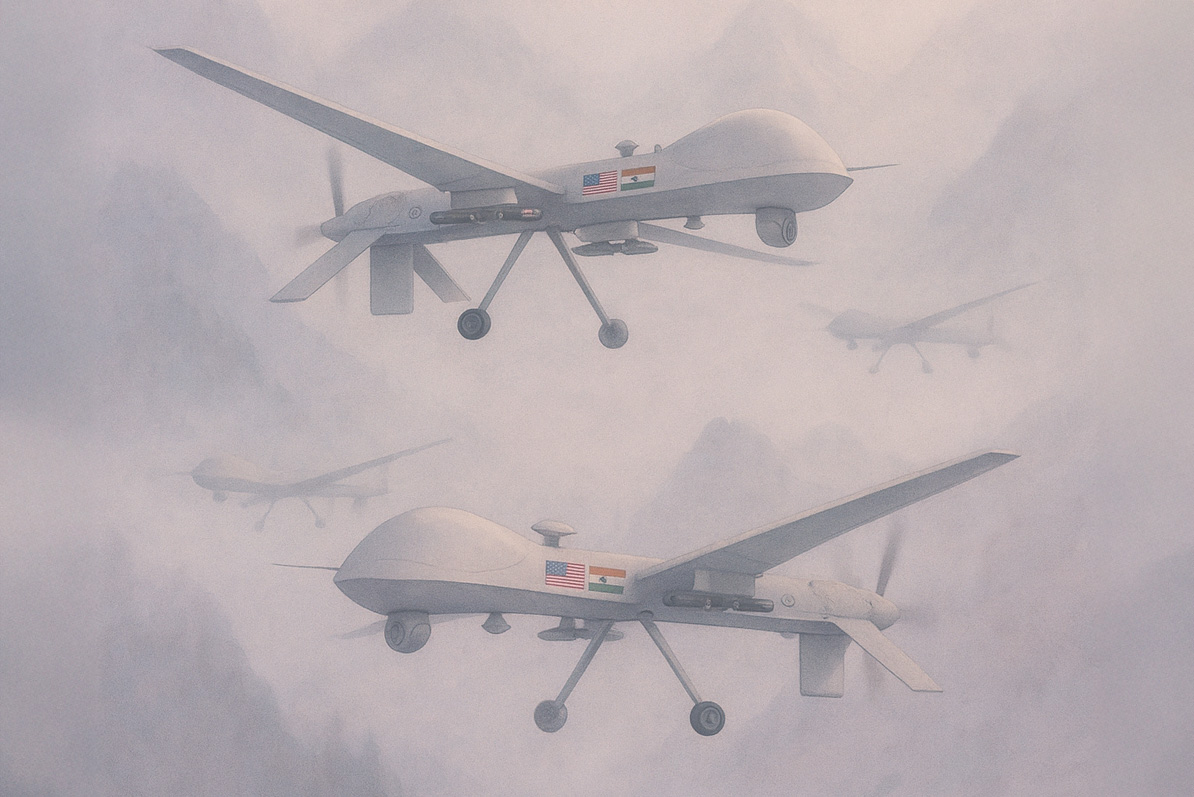Security Nexus Perspective: U.S.–India Drone Collaboration as the Future of Deterrence
A Security Nexus perspective, “From Factory to Frontline: Why U.S.–India Drone Collaboration Could Shape the Next Era of Deterrence,” by Shyam Tekwani, professor at the Daniel K. Inouye Asia-Pacific Center for Security Studies, argues that the future of deterrence in the Indo-Pacific will depend not on prestige platforms, but on scalable, attritable defense systems co-developed by the United States and India. The article highlights that traditional assets—such as aircraft carriers and stealth fighters—are becoming too slow, costly, and vulnerable to serve as the foundation of modern deterrence. Drawing lessons from the Ukraine conflict, Tekwani emphasizes the impact of unmanned aerial vehicles, electronic warfare units, and mass-manufactured, low-cost systems. These platforms create uncertainty for adversaries and can be deployed in high volumes, offering both presence and flexibility without escalating tensions.








